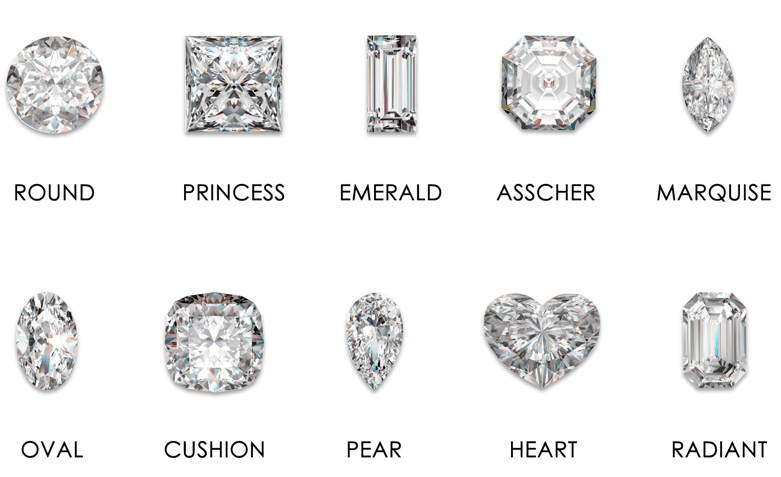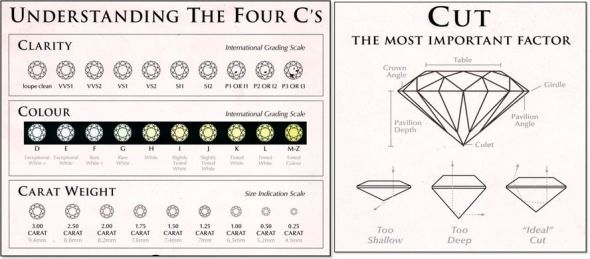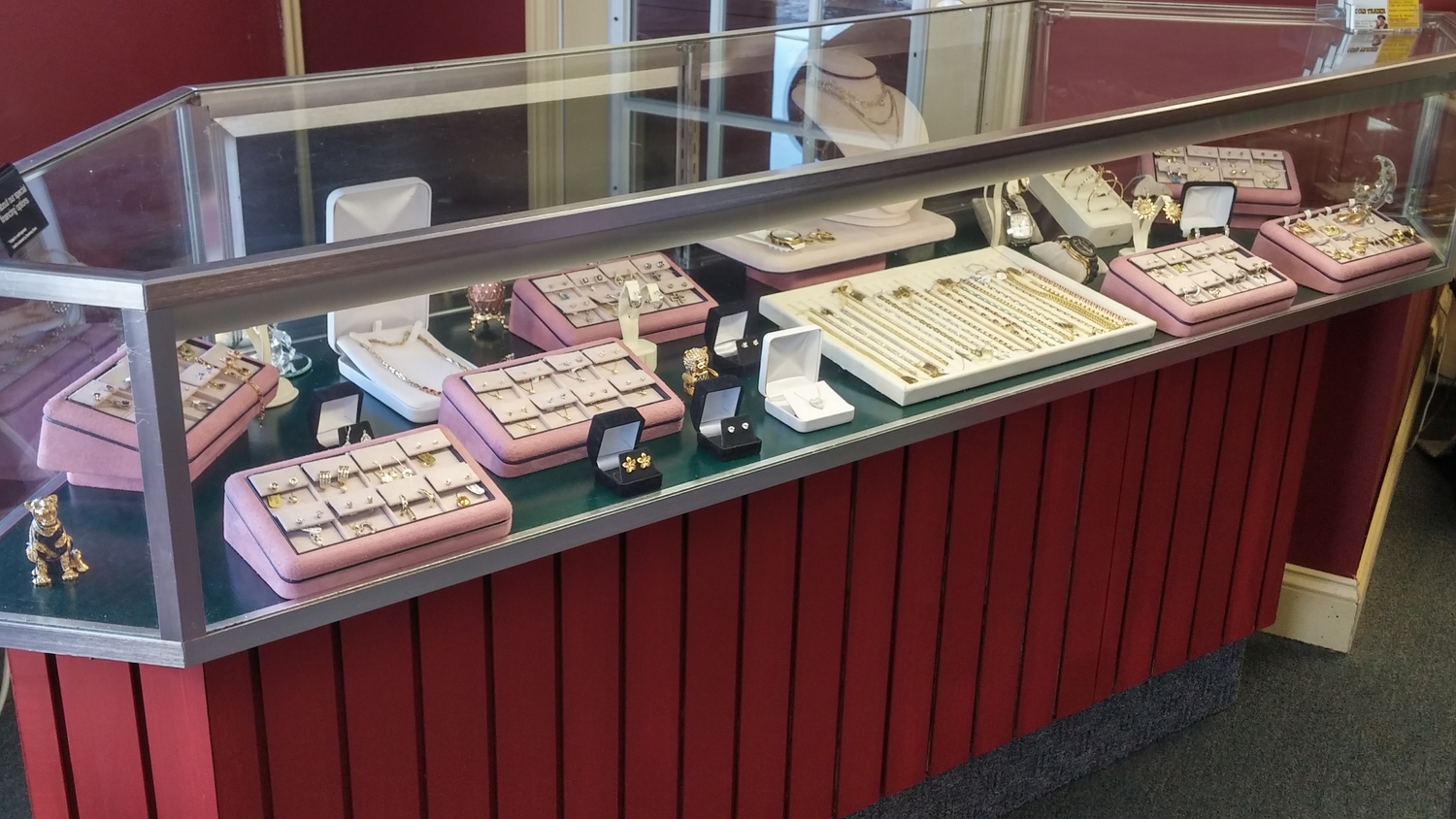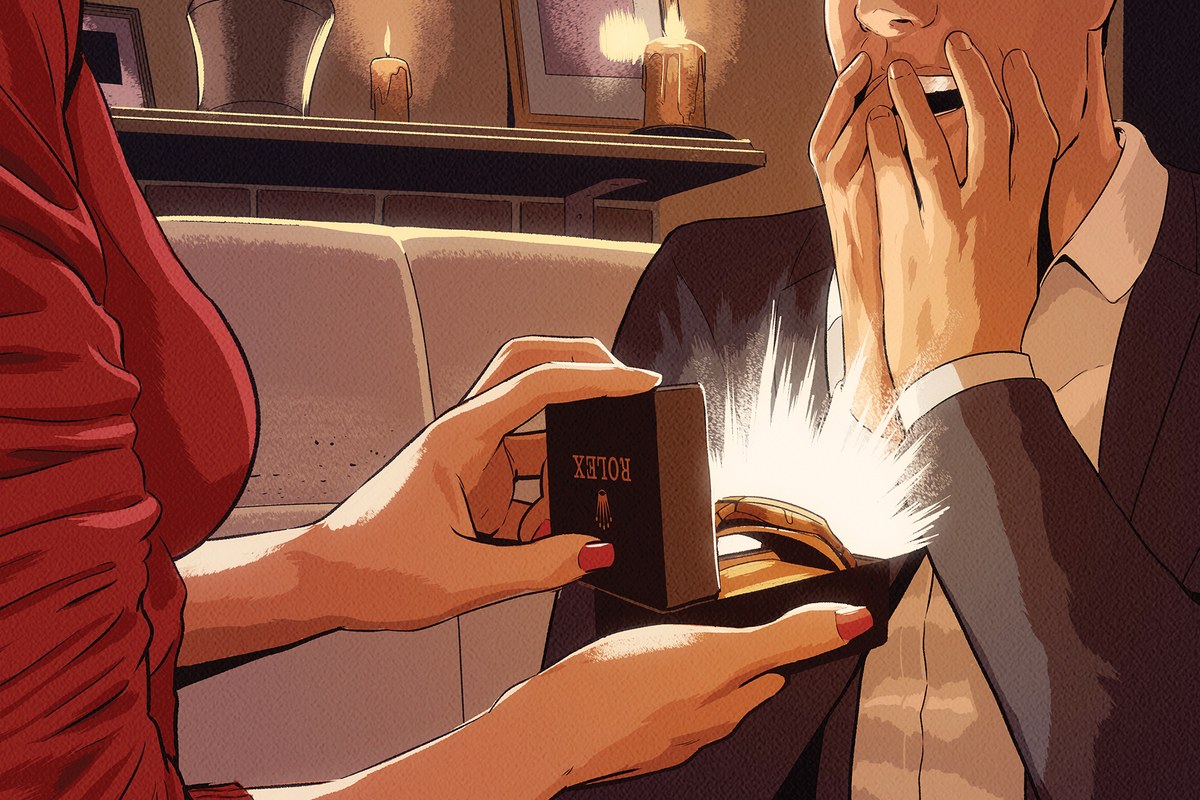I’m back again with another secure the bag series post, this time with an unconventional piece of sort.
Securing an engagement ring. For the modern man, marriage can at some point be an expectation, and with that expectation comes the pressure of buying an engagement diamond ring.
Some of you may also know that I recently got engaged. Yes, in my mid-twenties I’m leaving the game like Xabi and Wenger to retire to take up a career in management a.k.a. marriage.
I have firsthand experience of the buying process so I understand how the ring purchase procedure works with all the supplementary considerations, one key piece of advice, in the words of Ghetts:
I will explore and explain some of the key themes and issues to consider but as a word of warning, this will be lengthy but worthwhile piece for anyone considering taking the plunge and securing the bag.
Hints and Tips
Firstly, some hints and tips for before you start your search, try to identify the type and style of ring your partner wants.
– Ask your partner to send you pictures of some of the styles of rings they like
– Take them to a jewelry store to identify their ring size
Ring shapes
Diamonds come in different sizes but also shapes, every person has alternative wants and likes so be clear with what shape you’re buying. The standard shape is round, but as seen in the above feature image, they can come in additional options.
Try to glean what shape your partner wants through open discussions, once you have a shape you must encounter the 4C’s, the magic combination of criteria required for any ring. Any diamond is priced according to the 4C’s as detailed below:
Cut
The cut is extremely important, and possibly one factor you should never settle on. Diamond cut is normally ranked excellent, very good, good, fair, or poor. A strong cut will make your ring sparkle more, look bigger and shine better. If you fail to get the right cut, despite the other features being good, your ring will appear dull and dim.
Colour
As per the name suggests, this factor determines the colour of the ring, ratings range between D to Z. D represents colourless, while the lower you go the more yellow the ring becomes. Often however, around the G to I range, it is difficult to draw out the yellow colour with the naked eye in natural light.
Clarity
The clarity determines whether the ring has inclusions within the diamond, i.e. small spots and marks. The highest rating is flawless (FL) all the way down to partially included (PI), it is often difficult to determine any marks with the naked eye above SI1.
Carat
The carat factor determines the size of the diamond, the carat essentially represents the weight of the diamond with heavier carat amounts looking bigger. This can often be coupled with diameter, as rings with a wider diameter will look larger. In order to save, it is often wise to ‘buy shy’. Essentially, buying a ring just below a full carat size, i.e. 0.9 carat instead of 1 carat or 2.90 carats instead of 3 carats. Purchasing just below a whole number can save buyers enormous amounts.
Overall, It is often difficult to compensate on the cut and carat size as they often determine how big the ring is and how much it will sparkle in natural light. But you can play around with the colour and clarity as it is often difficult to naturally see the colour and clarity with the naked eye. Most people cannot tell if a ring is not colourless or if a ring has slight inclusions or blemishes.
Now you understand what type of ring you want to buy, to guarantee the best price you need to know where to buy it from and how to negotiate!
High brow retailers
This level can be associated with a store like, Tiffany’s, a luxury jewelry retailer that will offer not much or any movement on price.
Mid-brow retailers
These retailers are generally based in Hatton Garden, the area famed for jewellery retailers. Here, you will find retailers that sell quality diamonds but are often family-owned business or operate with a few franchises rather than the wide scale of a Tiffany’s. These shops will have more movement on price but no guarantee you can shave that much off, maybe 5% – 15%.
Wholesale retailers
As per the name suggests, wholesale retailers can buy diamonds wholesale and therefore guarantee lower prices on offer. Thus there is more room for negotiation, the difficulty is that you need to be wise to the game as the wholesaler will not have a wide array of diamonds on offer so you need to know what specific ring you want before you enquire. Once you have the information for your purchase, through thorough negotiation you could shave anywhere between 10% – 25% of the starting price.
Certification
The certification of your diamond is completed by an diamond appraiser/grader, there are differing tiers of diamond appraisers, with the higher tier appraisers offering more assurance on the quality and composition of your ring. For example, a diamond appraised by GIA may be detailed as the below:
Carat: 1.4 Cut: Good Clarity: SI1 Colour: G
However, if that same ring was appraised by a local appraiser, i.e. based in London, the results would be higher as per below. Thus poorer quality appraisers often inflate the makeup of the ring, which distorts the perception of its value.
Carat: 1.4 Cut: Very Good Clarity: VVS1 Colour: F
Top Tier: GIA
High Tier: EGL
Low Tier: Local Certification
Now, if you want to save a few thousand it might be worthwhile using high tier (EGL) instead of top tier (GIA), a grading/appraisal by GIA can often bump up the price of the ring because GIA is seen as the ‘Champions League’ of diamond appraisers.
Alternatively, you can purchase the ring and pay the diamond dealer to send your ring to GIA separately for an appraisal, thus saving money.
A word of warning, this might not work as not all dealers offer this service and the time needed to send your ring to GIA (based in the U.S.) may detract from your proposal timeline. Lastly, if you plan to re-sell your ring in future, it might be more worthwhile using GIA, as this guarantees the value and quality of your ring.
Negotiation Process
Once you have identified what ring you want, you need to be able to guarantee the best price against the value of the ring.
– Use your head: This will be heavily dependent on using the above knowledge and applying it whilst liaising with an diamond seller. If you are confident in what ring you want, you can avoid being swayed into buying the wrong ring.
– Take your time: By shopping around extensively, you can get a better feel for the value of the ring you want and thus create a better bargaining position.
– Don’t rush: Even if you identify the ring of choice, don’t be forced into the buy, rings are worth an enormous amount and therefore they are sticky to sell, i.e. they don’t sell out quickly so an extra day for you to clarify your decision will not cause your ring to disappear
Diamond sellers make great profit margins because their clientele suffer from asymmetric information, are rushed buyers and falter under pressure. If you use the advisory points above, you’ll be in a better position.
Additional saving schemes
Now I partially researched into some of the below options to get the best value for money, but they come with associated risks so you need to weigh up the benefit before using the tactic, more below:
– Buying directly from diamond exporters, i.e. purchasing from South Africa. This comes with obvious risks of importing the diamond and adds complications to the appraisal process
– Buying online, i.e. Blue Nile (an online jewellery retailer), purchasing online directly. This comes with obvious risks of not being able to view the ring physically prior to the purchase
– Travelling to alternative destinations, another piece of advice offered was travelling to Dubai, diamonds are often cheaper in Dubai as culturally, in the Middle East and South-East Asia; gold is favoured in comparison to diamonds. Thus you can purchase high quality diamonds for cheaper price relative to the same quality in the UK. The obvious risk is that the appraisal process is less regulated so you may be in threat of buying a fake.
Ring Insurance
You’d rather be safe than sorry, after forking out more on a ring than you would for car it would be foolish not to consider some type of insurance, some options are explored below:
– Direct Insurance, for higher value rings ( > £2,000), it is worthwhile purchasing direct insurance, i.e. insurance that covers the full value of ring whatever the circumstance or occasion. Recommended insurer is T.H. March
– Home Insurance, for low value rings (< £2,000) your ring will likely be covered under home insurance via the precious items policy clause. Unfortunately, if your ring is lost or stolen outside your home or if it is worth beyond a certain amount, the ring cost will not be recoverable
Lastly, in the spirit of equality and emerging customs within society, I will also examine the other side of the coin in a Part II at some point. The male engagement ring, as Forbes have said, the Rolex.
Hopefully, the above post has helped you better understand the diamond ring purchase process. If you’d like any further advice on the savings process or the purchasing procedure for an engagement ring, feel free to send me a message/email for fee-based advice.
Twitter / Instagram: @lekzldn
Email: lekan@capital-moments.com




